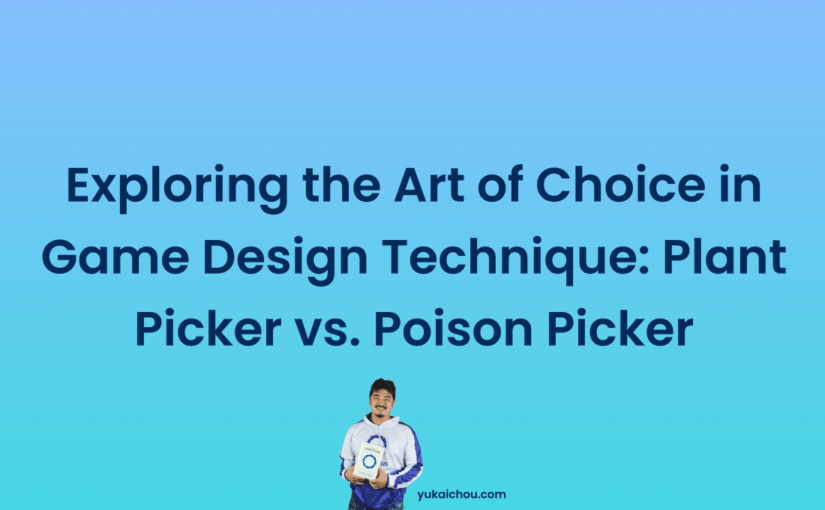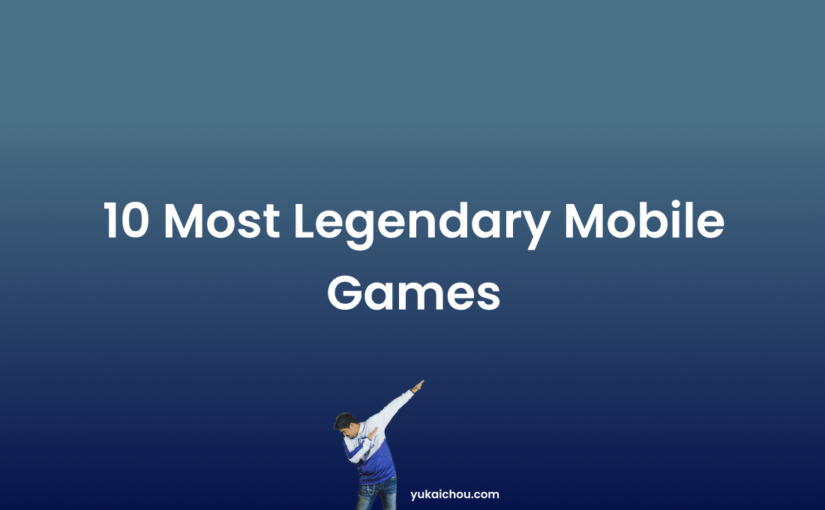Author: Howie Ju
-

Exploring the Art of Choice in Game Design Technique: Plant Picker vs. Poison Picker
In the realm of game design, understanding how to engage players is key to creating memorable experiences. In this article post, we’re going to explore two distinct game design techniques (GT): the “Plant Picker (GT #11)” and the “Poison Picker (GT #89).” Both these techniques are part of Core Drive 3: Empowerment of Creativity and…
-

10 Most Legendary Mobile Games
In the realm of digital entertainment, mobile gaming has emerged as a colossal titan, bringing immersive experiences to the fingertips of billions worldwide. With the rise of smartphones and app ecosystems, a myriad of games have vied for the attention of users. However, only a select few have etched their names into the annals of…
-

Interview with Jeff Booth (Economy Expert and Author)
Here, Yu-kai interviews Jeff Booth, an economy expert. He is the co-founder of BuildDirect and the author of “Why Deflation is the Key to an Abundant Future“. Jeff Booth is a visionary leader who has lived at the forefront of technology change for 20 years. He led BuildDirect, a technology company that aimed to simplify…